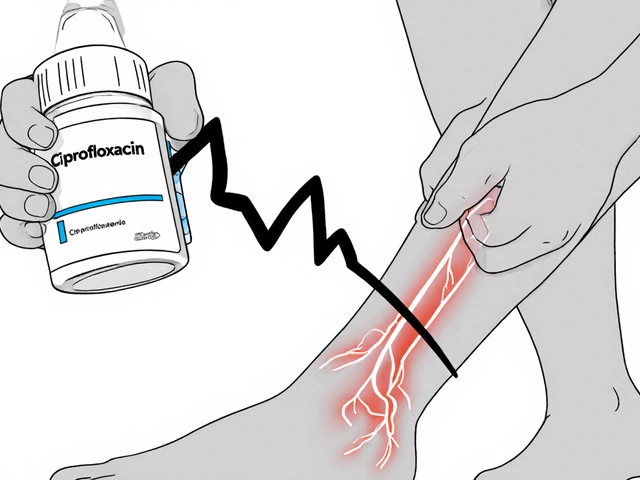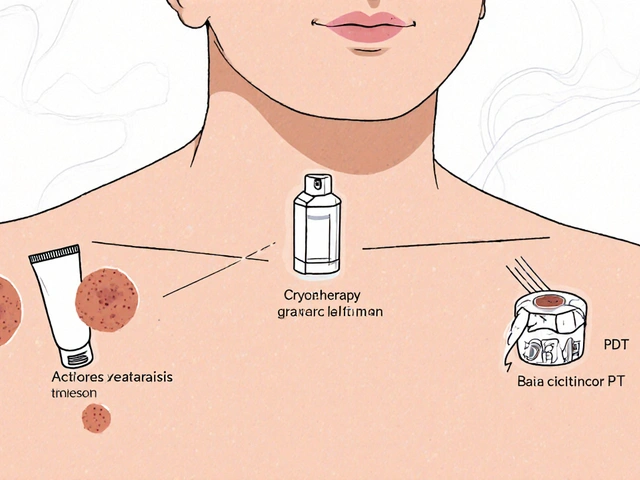Estrogen Clot Risk: Quick Guide
If you’ve ever heard that estrogen can cause blood clots, you’re not alone. Lots of people wonder if their birth control pill, hormone replacement, or even a natural hormone boost could put them in danger. The short answer: estrogen does make clotting more likely, but the risk isn’t the same for everyone and there are ways to stay safe.
Why Estrogen Increases Clotting
Estrogen affects the proteins that control blood clotting. It nudges the body to make more clot‑promoting factors and fewer anti‑clotting factors. Think of it as turning up the volume on a song; the clotting system gets louder. This shift can help stop bleeding after an injury, but it also means a clot can form when you don’t need one.
The risk climbs especially with synthetic estrogen found in many oral contraceptives and hormone replacement therapy (HRT). Those pills often combine estrogen with progestin, and certain progestins make the clotting effect stronger. Age matters too – women over 35 who smoke have the highest odds of a clot.
How to Lower Your Risk
First, talk to your doctor about your personal risk factors. If you have a history of clotting, a family clotting disorder, or a condition like obesity or diabetes, you might need a non‑estrogen method. Many doctors recommend low‑dose pills, patches, or a copper IUD for those at higher risk.
Second, keep a healthy lifestyle. Exercise regularly, stay at a healthy weight, and avoid smoking. Even a short walk after a long flight can keep blood from pooling in your legs.
Third, watch for warning signs. Sudden leg pain, swelling, or redness could be a deep‑vein clot. Chest pain, shortness of breath, or coughing up blood might mean a clot traveled to your lungs. If any of these pop up, get medical help fast.
Finally, if you’re on estrogen therapy, don’t skip regular check‑ups. Blood tests can spot clotting markers early, and your doctor can adjust the dose or switch you to a safer option.
Bottom line: estrogen can raise clot risk, but you control most of the factors. By choosing the right product, staying active, and keeping an eye on symptoms, you can enjoy the benefits of hormone therapy without the fear of a clot.



